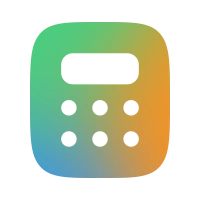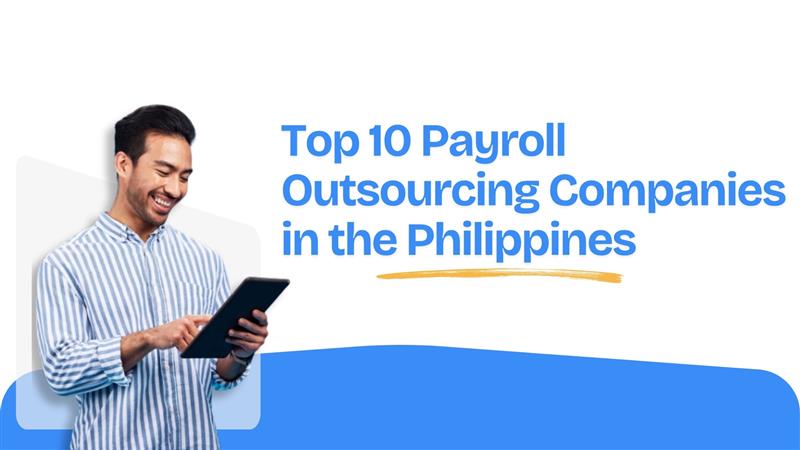
Published in:
Blog
Bursting the stereotypical L&D bubbles
Every organisation will go through the moment an employee is ready to move on from their career within the organisation. Offboarding even though is not discussed as much as onboarding, is highly integral for HR departments to correctly undergo in a manner that is highly respectful for the employee yet also captures various analytical information the organisation could utilise.
The offboarding stage of the employee lifecycle specifically involves how an organisation successfully separates with an employee who was working within the organisation. Specifically, off boarding encompasses the specific way HR departments are able to understand the reason for the employee leaving the organisation and then utilising key information in creating organisational plans to make future critical decisions unto how to improve any current business processes. Off boarding is the last stage of the employee lifecycle and is a highly critical aspect of the employee lifecycle that HR departments within an organisation must get right. This is largely due to offboarding being a key definer of how an organisation can learn from an employee leaving the organisation. Throughout this offboarding process, HR departments will find capturing the feedback of the outgoing employee highly valuable, this is constantly done through various exit surveys and further interviews with the employee.
An HRIS plays a vital role within HR departments throughout the offboarding stage of the employee lifecycle. Traditional HR management throughout the offboarding process is largely paper-based and takes quite a lot of time out of both the exiting employee and HR department which may, in turn, leave a negative exiting impression upon the organisation. Correspondingly, an HRIS aims to ensure that this negative impression is turned into a positive impression whereby the process may be conducted all online if the HR department desires to do so. This ensures that paper-based offboarding materials are removed from processes of the HR department freeing up time and increasing overall organisation efficiency.
This final impression can be tricky to make, with multiple statutory requirements that need to be tackled by HR before the employee bids his final goodbye. Here’s how PeoplesHR can help you make a lasting final impression.
This final impression can be tricky to make, with multiple statutory requirements that need to be tackled by HR before the employee bids his final goodbye. Here’s how PeoplesHR can help you make a lasting final impression.
- Define actions, configure properties and create alerts to be sent at different stages of the offboarding process.
- Authorised admin users are able to define and configure the initial stages of the offboarding process.
- Define exit types and question groups relevant to various scenarios.
- Off boarding actions can be managed through a configurator checklist.
- Reallocate and retrieve tasks and properties granted to the employee involved (allocated company resources and official documentation).
- Analytics on employee’s exits for varying reasons.
- Automatically trigger notifications to key personnel when an employee submits his/her resignation online.
- Ensures that the inactive employee no longer has access to the organisation’s sensitive information and blocks access to confidential documentation.
- Identify and evaluate the reason for the employee’s departure to reduce the risk of potential lawsuits by ensuring that the complaint procedures are followed across all locations.
- Customise exit questionnaire to be sent to different employees focused on their area of expertise.
- Initialise exit notices through a predefined cycle of approval level.
- Exit finalisation with payroll, rehire recommendations for all offboarding employees.
- Exist clearance process of all recoverable assets with pre – configured clearance procedures.
Tech-savvy HR and People teams are not just those who can use the tools they are given, but who can develop their skills with them, achieving greater results while remaining flexible to the type of HR technology they use.























